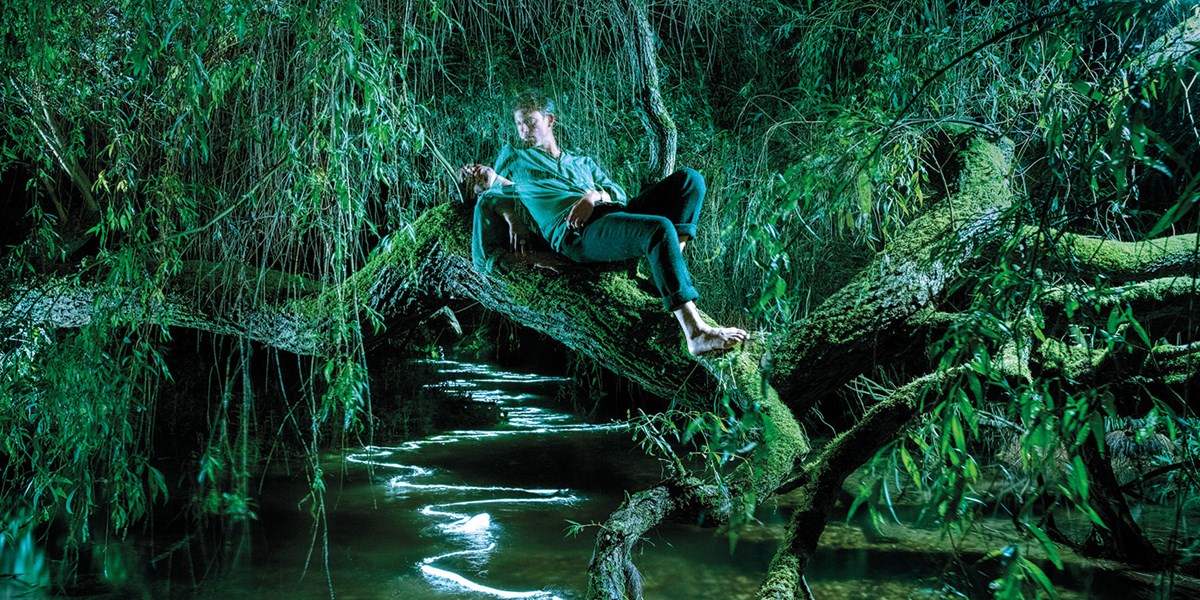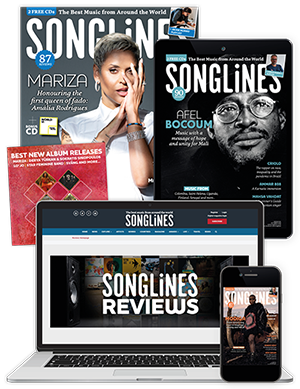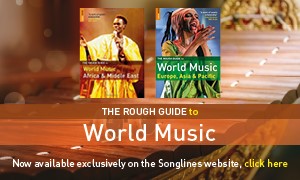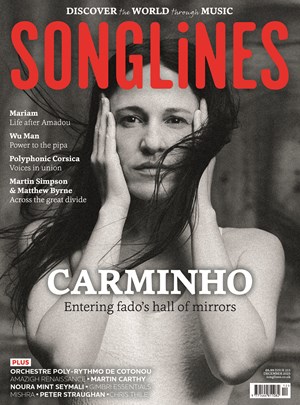Thursday, January 30, 2025
A Conversation with Sam Lee: “I want every album to be filled with forests, and I want every forest to be filled with music”
Russ Slater Johnson speaks to the English singer and climate activist about campfire singalongs, collecting folk songs in unexpected places and how nature is at the heart of everything he does

Sam Lee (photo: Dom Tyler)

Register now to continue reading

Thanks for visiting the Songlines website, your guide to an extraordinary world of music and culture. Sign up for a free account now to enjoy:
- Free access to 2 subscriber-only articles and album reviews every month
- Unlimited access to our news and awards pages
- Our regular email newsletters

